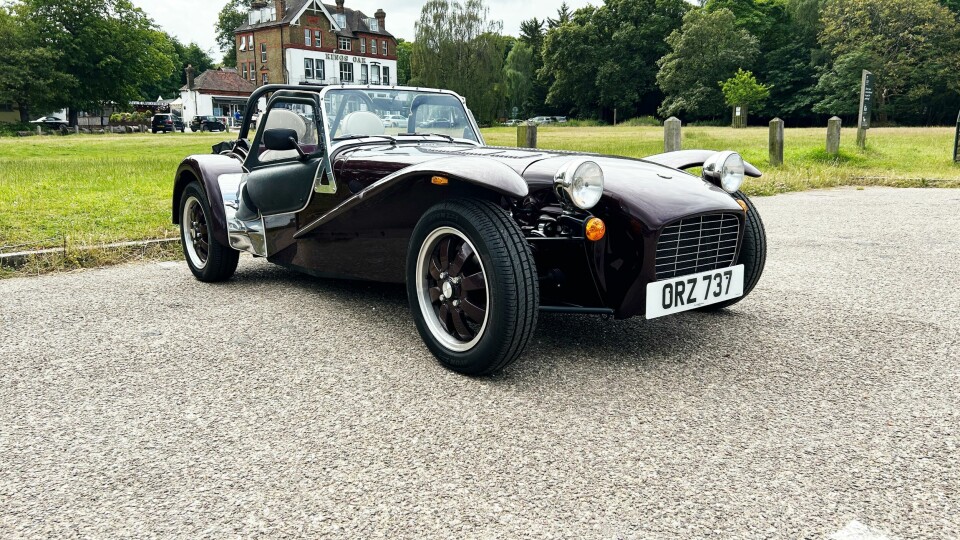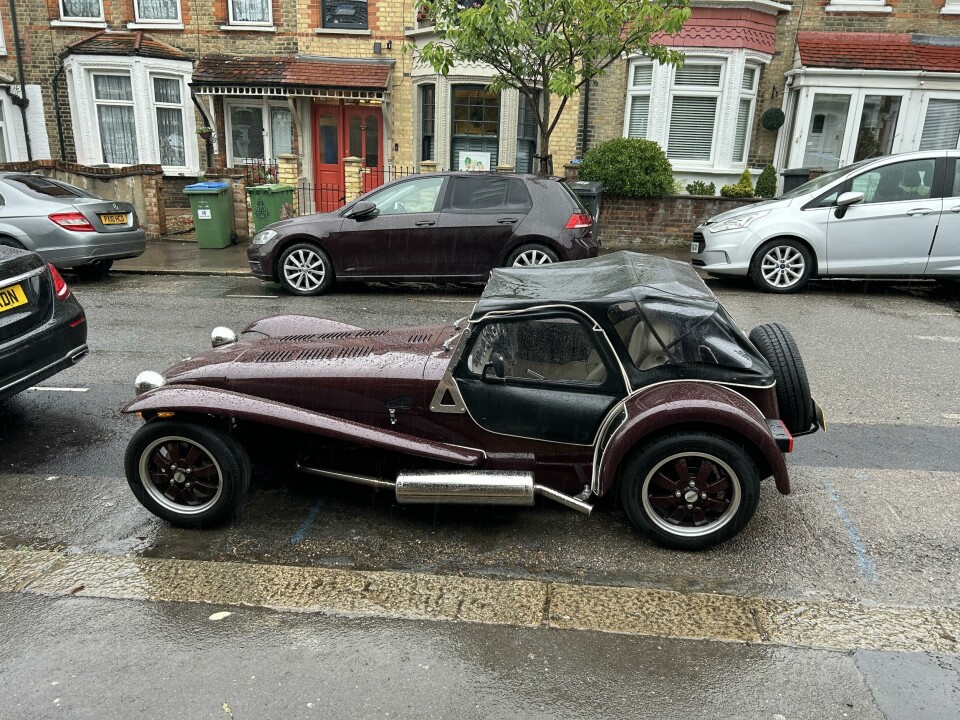
“Caterham appeals to an English eccentricity that has been managed out of modern life”
Few things are as joyful and pure as a Caterham and the anniversary edition Super Seven 600 is no exception. Car Design News’ editor James McLachlan took one for a spin
There is a simple equation in motoring that has held true for over 50 years. It is up there with E=MC2 or Newton’s 3 Laws of Motion. It reads C+S=J or to offer the longhand: Caterham+Sunshine=Joy.
The British marque has been proving the soundness of the aforementioned since it was founded in 1973, thanks to its commitment to a purely analogue experience. Though the underpinnings may be modern, the look and feel of a Caterham hasn’t changed all that much since it broke free from the Lotus mothership all those years ago.
Hot on the heels of Caterham’s 50th birthday was the arrival of a new factory, which opened a few weeks ago down in Dartford and promises to marry hand-built craftsmanship with advanced engineering. It is an impressive facility, which marks a significant step up for the brand.
In terms of product, celebrations took the form of a new, retro-styled Super Seven 600 complete with old-school front wings, chrome flourishes and Smiths dials, finished in a rich maroon paint job and cream leather interior. For a Caterham, it is almost genteel, especially when pitted against the more exuberant ends of the range. For exuberant, read insane. (More to come on that soon…)
Nevertheless, it is a truly special machine. Powered by a turbocharged three-pot from Suzuki, it is nippy rather than super-quick but, given you are sitting virtually on tarmac, outright performance matters little. The diminutive motor sounds surprisingly meaty when revved and is accompanied by a soundtrack of whistles, clucks and wheezes that lend the car a charming sentience.
The experience is blissfully free of the cacophony of hysterical bleeps and vibrations that dampen the fun in a modern car
The cockpit is cramped (of course it is) and there is an art to getting in and out of the little thing that needs mastering. Similarly, the pedals are so close together it is safer to drive in socks, lest you hit the accelerator and brake at the same time.
There are other quirks too, all highly enjoyable. For instance, at speed the rear view mirror vibrates to an extent that everything behind you looks like it’s in a blender. Also, the long bonnet (it is virtually all bonnet) and wheels are reflected in the chrome finish of the headlamps. It also has the distinction of being the first car I have ever had to bail out following a heavy rain shower, though in truth that semi-aquatic experience owed more to my cack-handed wrestling with the button-down roof.

On the road, the Super Seven is an unbridled pleasure, brimming with infectious energy. The gearbox, which occasionally puts up a fight when you target first gear, has a tiny throw that encourages maximum use.
It loves to be driven hard. Not that it cannot burble along when road conditions demand, but it rewards an aggressive style that pushes traction and revs to the upper limits. In any other car, this type of behaviour is deeply obnoxious, but in the Caterham it is somehow condoned, if not encouraged. The experience is blissfully free of the cacophony of hysterical bleeps and buzzes that dampen the fun in a modern car.
And people just love it. In my short tenure as custodian of the Super Seven, I lost count of the number of waves and admiring comments it received. On more than one occasion a passerby struck up conversation while I was sitting in traffic. While the open-air cockpit makes these interactions all the easier, I suspect something deeper is at play.
With all its idiosyncrasies and unapologetic focus on fun, Caterham appeals to an English eccentricity that has been all but managed out of modern life. In a beige EV world, Caterham brings the colour. And long may it continue to do so.








